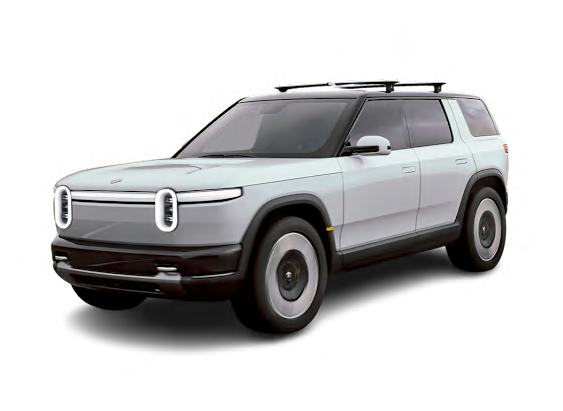Introduction
All-New Rivian R2 and R3 Electric SUVs
The sporty, smaller SUV will start at $45,000 in 2026, with a lower-cost hatchback to followOverview
California-based Rivian has introduced its next products based on a new, smaller platform: the R2 SUV, R3 hatchback, and R3X performance “crossover” hatchback.
The R2 will be the first of the new models to launch, with a promised arrival in mid-2026. Like the larger R1S and R1T, these new five-passenger models promise blazing performance and a range of over 300 miles.
There are other similarities between the new, smallest Rivians and their larger siblings, in that they have a front trunk and a large center-mounted touchscreen that handles the infotainment and climate systems, along with the various vehicle settings.
With a 115.6-inch wheelbase, the R2 is nearly 6 inches shorter between the wheels than the larger three-row R1S, while its overall length of 185.6 inches is 15 inches shorter. The R2 also has less ground clearance, 9.8 inches vs. the R1S’ maximum of 14.9 inches when the suspension is raised.
You can reserve an R2 now for $100, and deliveries will begin in the first half of 2026 in the U.S. Like the R1 models, the R2 will be built at the automaker’s existing Normal, Ill., factory. Long-term, the plant in Stanton Springs North, Ga., will build the R2 and R3.
Pricing for the R2 starts at around $45,000. The R3 production comes later, and the company says it will be priced under the R2.
Here’s what we know so far.
The R2 competes with the Chevrolet Blazer EV, Ford Mustang Mach-E, Hyundai Ioniq 5, Kia EV6, Nissan Ariya, Subaru Solterra, Tesla Model Y, Toyota bZ4X, and Volkswagen ID.4.
















